Cuba is a world-renowned tourist destination for its rich history and cultural heritage. It boasts a large number of UNESCO World Heritage Sites, which are a showcase of Spanish colonial architecture, military engineering, and unique Cuban cultural traditions. From ancient forts and colonial buildings to stunning natural landscapes, these sites are a window into the past and a testament to the country's cultural diversity.
Based on the number of cultural and natural assets recognized as World Heritage Sites, Cuba ranks fifth among Latin American countries, with 9 sites declared by UNESCO. All are must-sees for any traveler looking to immerse themselves in the history and culture of Cuba. They offer a unique insight into island life through the centuries. In this article, we'll explore each of them and find out why you should include them on your next visit to the island.
1. Old Havana and its system of colonial fortifications, declared Cultural Heritage of Humanity in 1982

Old Havana presents a high degree of authenticity as a whole. Both the plot and the buildings of greatest value (fortresses, churches, palaces, houses, infrastructures) have been preserved maintaining their characteristics, vitality and social use. The integrity of Old Havana and its system of fortifications is evidenced by the permanence of its original layout and its characteristics as a coastal and port city.
Old Havana has an urban structure based on a system of squares and small squares. This system is articulated with the bay, the port and the system of defensive fortifications that accompany it. It constitutes a unique and exceptional example in Latin America and the Caribbean.
2. Historic Center of Trinidad and the Valle de los Ingenios, declared Cultural Heritage of Humanity in 1988
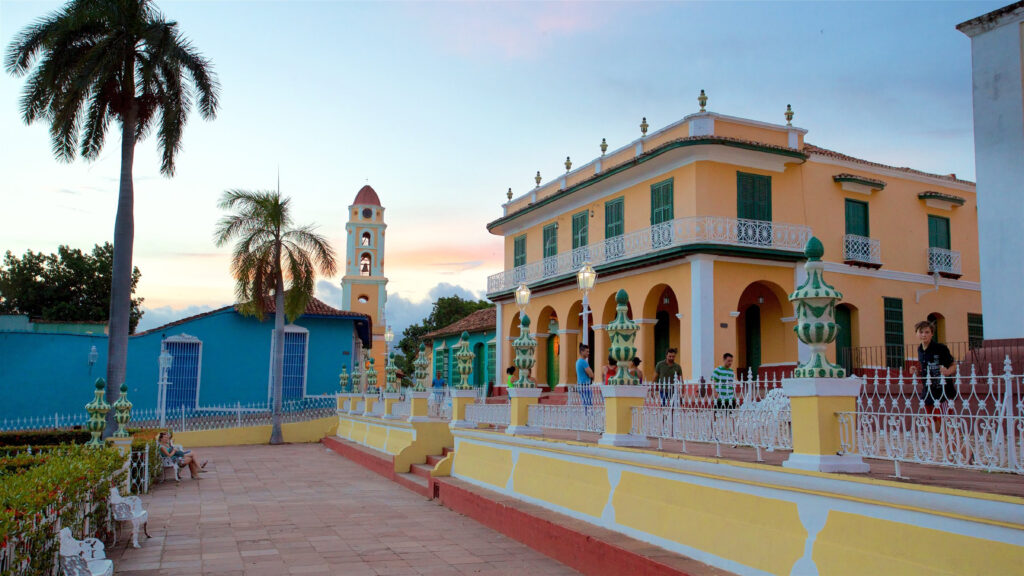
Trinidad and the Valle de los Ingenios constitute a relevant example of territory. It has exceptional architectural and urban qualities. Its way of producing sugar served as sustenance and wealth for the colonial town, demonstrating great scope and uniqueness within the region. Trinidad not only preserves the elements that make up its architecture, but also presents its original urban fabric intact. It has an irregular system of squares and squares, the original paving of its streets and other elements of great historical-urban integration.
The Valle de los Ingenios is an exceptional landscape, representative of the rise of sugar agro-industrial activity within the Spanish colonial system in America. It had the most advanced development of sugar production at that time in the world and a cruel persistence of the slave regime. Here a traditional habitat has been maintained with deep-rooted customs ranging from crafts, music, religious beliefs and other forms of life still in force.
3. Castillo del Morro San Pedro de la Roca, declared a World Heritage Site in 1997

El Morro Castle constitutes a unique example of the occupation of the territory, product of the conformation of a coastal defensive system in virgin terrain. It guaranteed the protection of the city and its port from the frequent threats of corsairs and pirates who tried to dominate the insular Caribbean. It is the most complete and best preserved example of Renaissance military architecture in the conditions of the insular Caribbean. In this construction, of indisputable artistic value, Italian military art is combined with the coastal landscape.
4. Vinales Valley, declared Cultural Landscape of Humanity in 1999
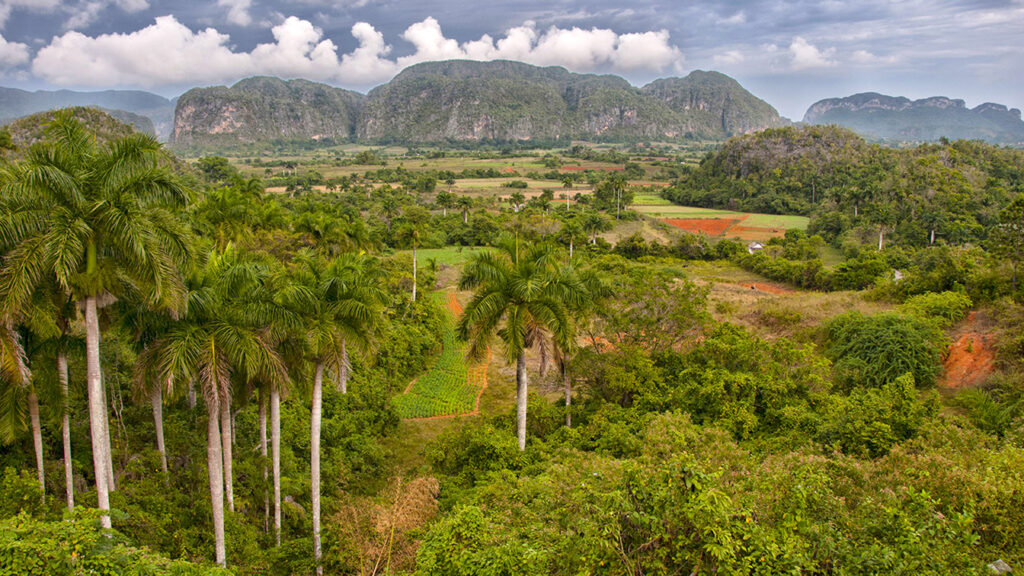
The Viñales Valley is an exceptional example of a cultural landscape, representative of the historical boom in tobacco production in the world. Its traditional forms of agriculture are inserted in a physical framework of high natural and scenic values. In peasant homes, the "stool" (wooden chair and cattle leather), the stone filter for drinking water, the wooden basins for processing grains, among other furniture and household utensils, still survive.
The adherence to the forms of tobacco cultivation in the area has determined the persistence of their own means of work that evade mechanized forms. The small town that is part of the site maintains its original layout from a main street. In the way of life of its inhabitants, manifestations of Creole culture are preserved, such as peasant songs, typical musical instruments, oral narratives, popular festivals and utilitarian crafts.
5. National Park "Desembarco del Granma", declared Natural World Heritage in 1999
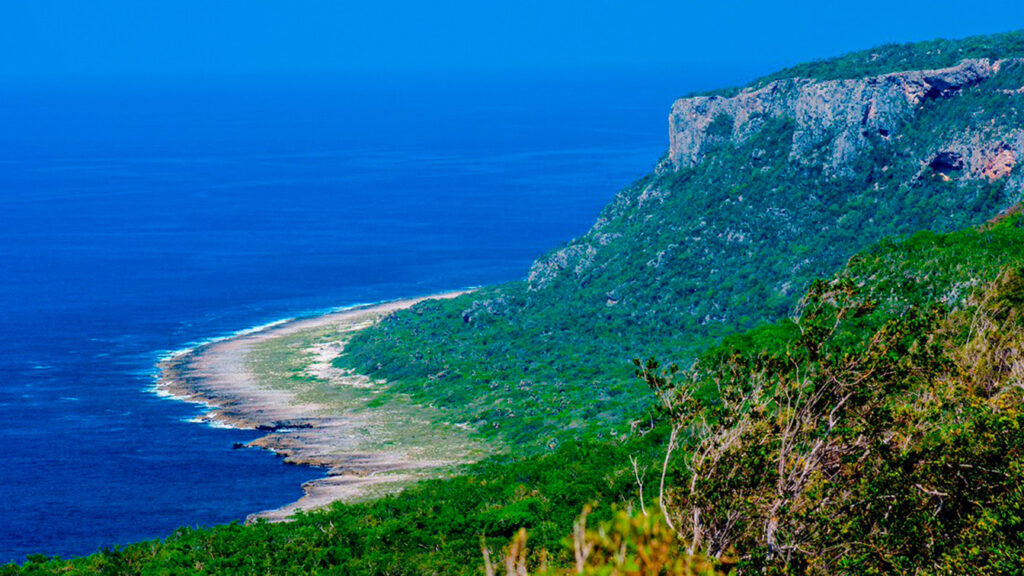
The Desembarco del Granma National Park contains the world's largest and most preserved exponent of emerged and submerged marine terrace systems on calcareous rocks. These extend in the southeastern region of Cuba for more than 40 kilometers, developed in a staggered system that reaches up to 20 emerged terraces. These terraces range from level 0 to maximum heights of 360 meters above sea level. Some of these cliffs reach 100 meters of vertical wall.
The submerged terraces reach up to 180 meters deep in the contact zone of two active tectonic plates. These calcareous formations covered with exuberant vegetation, mostly native, produce an extraordinary and unique visual contrast through the contour, color and texture, given by the vegetation, the cliffs, the relief, the sea, all of which come together to produce a spectacular setting in a virtually pristine state of preservation.
6. Archaeological Landscape of the first coffee plantations in southeastern Cuba, in the mountainous area of Santiago de Cuba, declared Archaeological Landscape in 2000
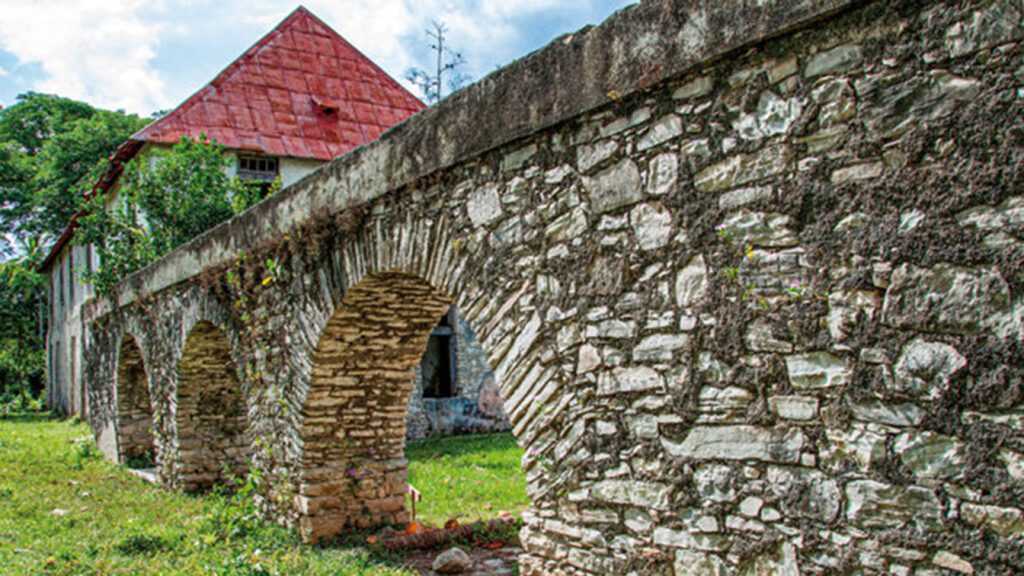
The first coffee plantations in southeastern Cuba make up a set of 171 agro-industrial buildings from the late 18th century and early 19th century, which constitute a material sample of a historical event of great importance to the world: the Haitian Revolution. This phenomenon brought with it elements of a certain culture that had its manifestations, not only in the architectural, engineering or hydraulic work, but also in the economy, music, dance, literature, gastronomy, religion, art, tastes and customs that are part of the intangible heritage, and that was so different from the culture developed on the Island before the arrival of Franco-Haitian immigrants.
The coffee industrial complex in the southeastern region of Cuba, constitutes the oldest testimony of its kind that has survived from the origins of the coffee culture in the American sphere. The use of the wet system of coffee benefits reached its fullness in the region, and thus constitutes the antecedent of the modern system for the processing of the grain.
7. "Alejandro de Humboldt" National Park, declared World Natural Heritage in 2001
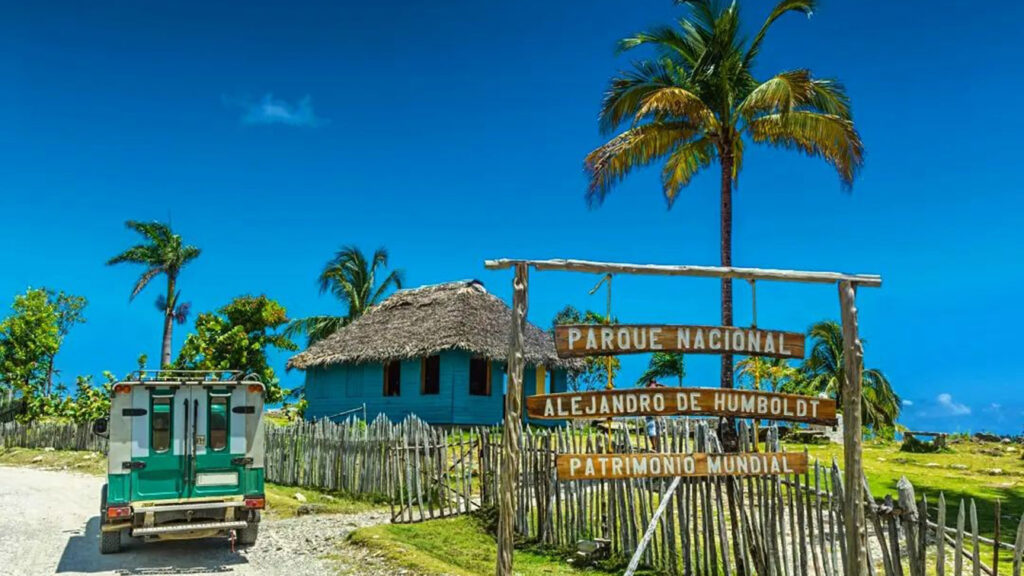
The Alejandro de Humboldt National Park represents the largest remnant of Cuba's conserved mountain ecosystems, characterized for being one of the main evolutionary centers of the Caribbean, constitutes a biogeographic bridge and refuge site for Caribbean and American biota. It has the highest levels of biodiversity and endemism of the western islands and is one of the best and most complete representatives of the humid insular tropical forests of the Neotropics.
It is a global representative example of azonal plant formations (humid forests and scrublands). It contains the areas with the highest levels of rainfall in the country. The site reports one of the highest indices of endemism for the insular Caribbean with 905 species, which represents 30% of those reported for the country, where 343 are exclusive to this region.
8. Historic Center of Cienfuegos, declared Cultural Heritage of Humanity in 2005
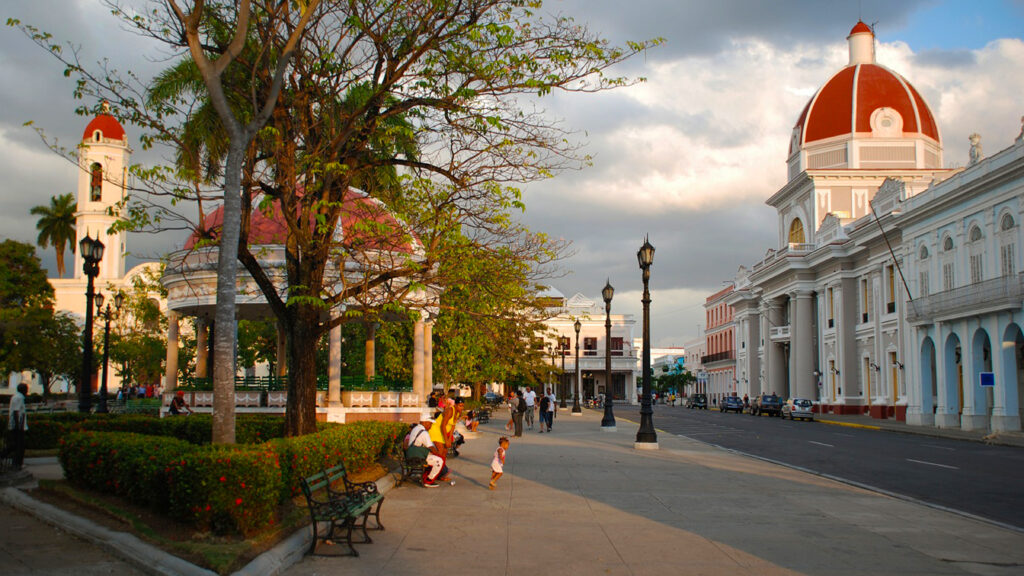
The urban historical center of the city of Cienfuegos maintains its vitality as the axis of the current city; it preserves the authenticity and integrity of its urban grid, spatial structure, formal composition, materials, main functions, natural environment and cultural traditions, as a testimony of the urban laws conceived since its foundation. Its squares and promenades, the wide streets and the line of continuous façade of classic style without portals remain in time. Even the most modern architectural currents have not affected the harmony of the historic center, but have incorporated new values to those already recognized.
Its urban, architectural, landscape, environmental, natural and commercial values are closely related to the sea, the true protagonist of its richness and physical singularity. This strong link between the city and the maritime environment makes Cienfuegos and, in particular, its urban historic center, an extraordinary heritage asset.
9. Centro Histórico Urbano de Camagüey, declared a World Heritage Site in 2008
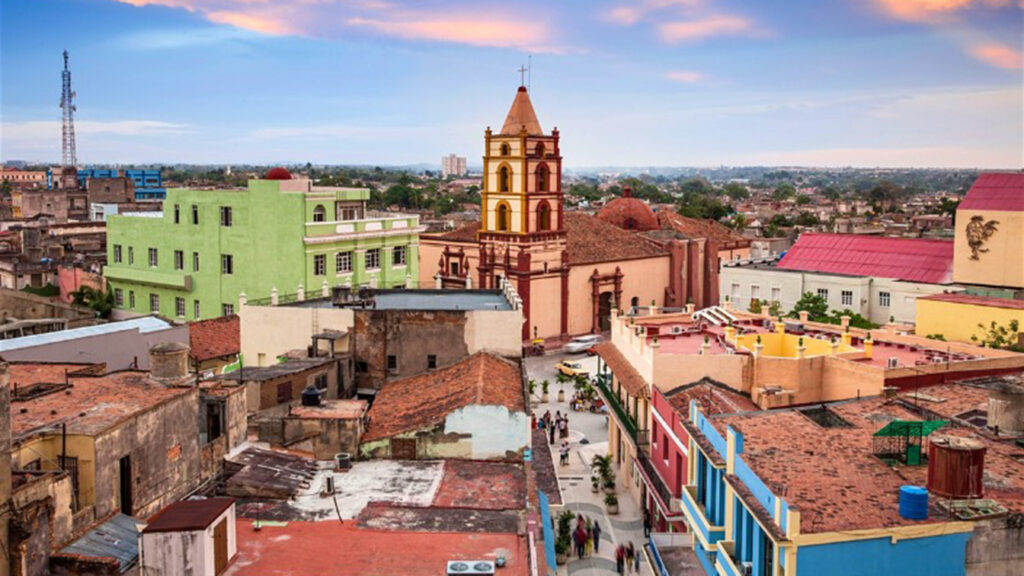
The Historic Center of Camagüey constitutes a unique type of urban architecture in Latin America. It is characterized by its irregular urban layout that produced an unusual system of squares, small squares, winding streets, alleys, blocks and subdivisions. The use of truncated pilasters in the entrance portals and clay jars to store water identifies domestic architecture in Camagüey. The religious buildings, associated with the main squares, are characterized by their homogeneity and constitute a system of landmarks in the urban fabric.
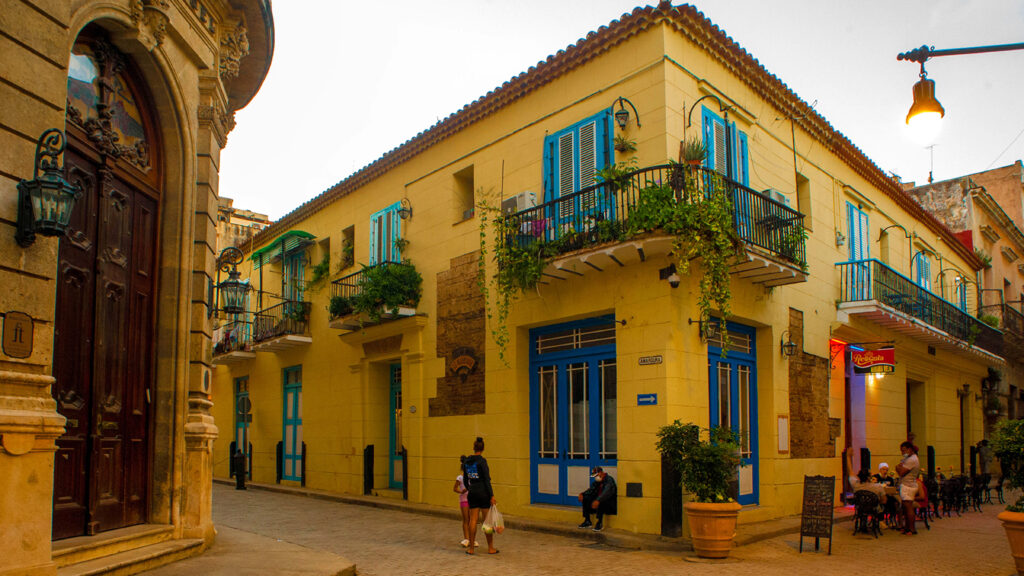
This extraordinary heritage, which makes past and present coexist. It is part of what travelers eager to get to know and interact with Cuba find, a lively and colorful island, full of cultural landscapes, amazing cities and traditions that reflect its musical and harmonious soul.
En conclusión, los sitios declarados Patrimonio de la Humanidad en Cuba son una verdadera joya cultural y turística del país. Desde las ciudades coloniales bien conservadas hasta los impresionantes paisajes naturales, estos sitios ofrecen una perspectiva única de la historia y la cultura de Cuba. Visitar estos lugares no solo es una oportunidad para aprender sobre la historia de la isla, sino también para experimentar la belleza y la diversidad que ofrece Cuba.
Whether you're interested in Spanish colonial architecture, nature, or culture, Cuba's World Heritage Sites have something for everyone. If you are planning a trip to Cuba, you can practice different types of tourism. Don't miss the opportunity to explore these unique sites and find out for yourself why they are so important to the island's history and heritage..
If during your trip to Cuba you want to stay in private houses to help the locals, we have a lot of cool hostels for you, take a look at this link:
Find us in


el nombre de el patrimonio fortificado de Santiago de Cuba es: Castillo del Morro San Pedro de la Roca y su sistema de fortificaciones, declarado Patrimonio de la Humanidad en 1997
Muchísimas gracias!!!
Very good post! We are linking to this particularly great article
on our website.
Thank you!!!